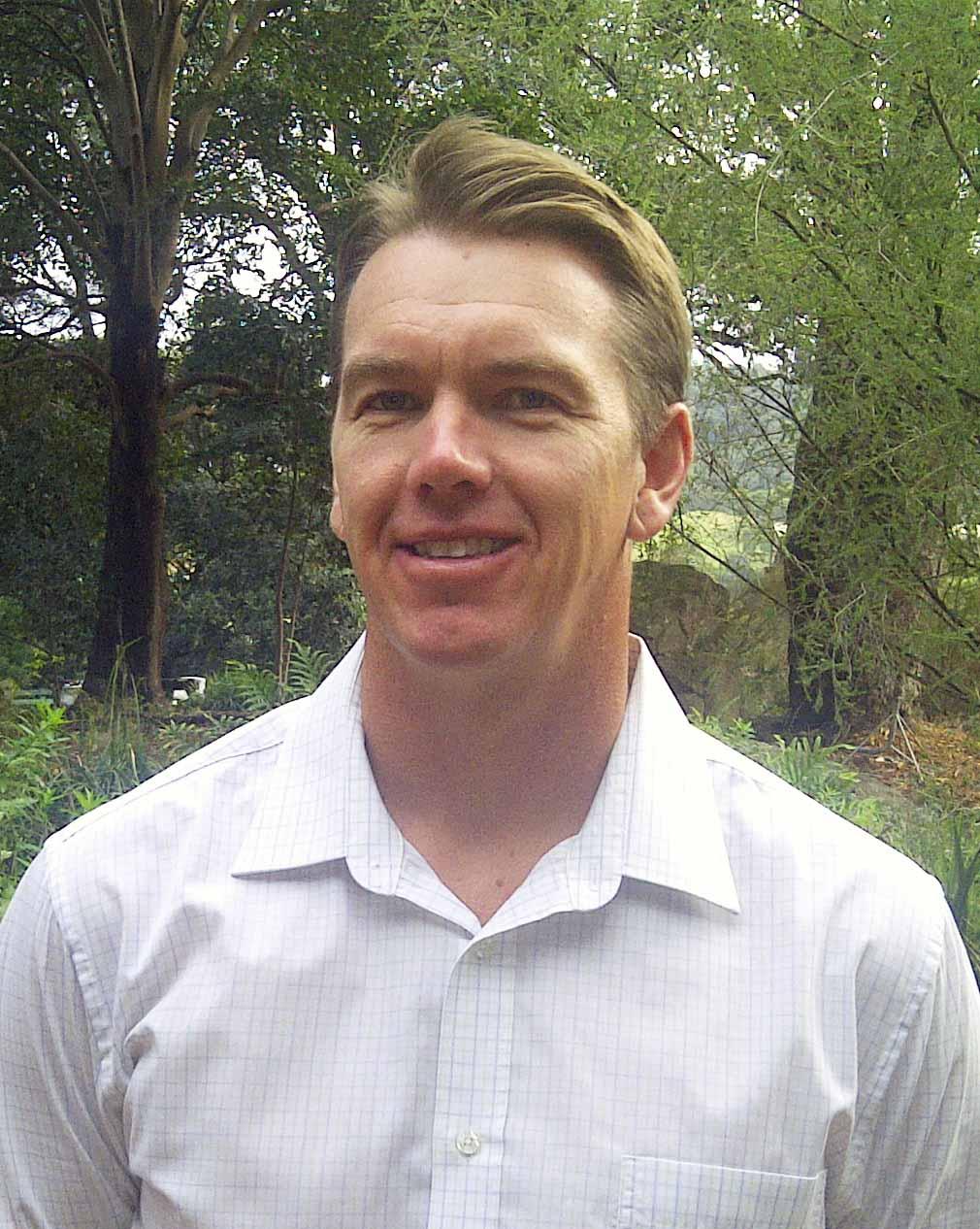Part four of the eight-part UTS:CLG Graduate Paper Series is Paul Tracey's dissertation:
Australian Local Government Botanic Gardens' Contribution to Global Plant Conservation

- A questionnaire sent to a total of 41 local government Botanic Gardens across Australia, with 13 responses received for a total 32% response rate
- A questionnaire sent to respondents representing the Royal Botanic Garden Sydney, the Australian National Botanic Garden Canberra, the Royal Botanic Garden Victoria, the Council of Heads of the Australian Botanic Gardens (CHABG), and Botanic Gardens Australia and New Zealand (BGANZ).
- A case study of a local government plant conservation partnership, namely the South East New South Wales Bioregion Botanic Gardens Working Group (SEBWG).
Findings from the study highlighted the enormity of the plant conservation challenge. It is currently estimated that one in five of the known 369,000 plant species worldwide are threatened with extinction in the wild. Commentators recognise that that the task at hand in conserving Australia’s threatened species is too large and too important not to consider the contribution that local government could make.
Study respondents highlighted the point that the sector is contributing to the conservation of threatened plant species via ex-situ methods, that is, where individuals of a species under threat are removed from their natural ecological processes and are managed by humans in plant collections. The ability of local governments to connect with their local communities, their expert local knowledge of natural areas, and the access they have to natural area management colleagues were all considered strengths of the sector that the larger (state and national) agencies did not have. The wide geographic spread of local government was also identified as a strength.
At the same time, respondents identified financial constraints, lack of staff expertise and training, a focus on meeting local community recreation expectations, and the lack of political support as common factors in preventing or restricting local governments’ work in plant conservation. In particular, balancing plant conservation work with meeting recreational and tourism objectives was seen to be a common challenge for Botanic Gardens worldwide.
The study found that the role of industry bodies – including the Commonwealth Heads of Australian Botanic Gardens (CHABG) and Botanic Gardens Australia and New Zealand (BGANZ) – was crucial for building capacity within the entire Botanic Gardens network. Amongst others, these organisations had been crucial in developing a national threatened species collections listing, and they supported regional (local government) Botanic Gardens with training and software to record information on their collections.
Through his case study of the SEBWG as a local government plant conservation partnership, Paul generated evidence that, in order to either commence or to expand local governments’ contribution toward global plant conservation efforts, a collaborative partnership model with other Botanic Gardens and land management agencies would yield positive results. Drawing on the model of the SEBWG, such a partnership would ideally be based on resource sharing, information exchange, joint funding opportunities and, perhaps most importantly, avoiding a duplication of effort. The promotional benefits of a plant conservation partnership were also highlighted, since they can provide the partners with enhanced scope to make the public more aware about the state of threatened species within a given bioregion.
In some cases, local governments – resources permitting – could additionally contribute to global plant conservation efforts through in-situ plant conservation activities. These could be undertaken as part of the restoration of natural habitat, and may include funding land acquisitions to ensure that rare species are protected. This would be a topic for further research.
Dissertation summary by Ronald Woods, UTS:CLG Teaching and Research.
More
Read full dissertation: Australian Local Government Botanic Gardens' Contribution to Global Plant Conservation
UTS:CLG Graduate Paper Series:
- Part 1 of the UTS:CLG Graduate Paper Series: It’s all in the delivery: An exploratory case study focusing on the Coffs Harbour City Council Delivery Program 2010-2016
- Part 2 of the UTS:CLG Graduate Paper Series: The Challenges of Engaging Communities: Will the Small Rural Voices Be Heard in a Merged Regional Council?
- Part 3 of the UTS:CLG Graduate Paper Series: Urban Design Principles for Creating Public Open Space Master Plans and Their Application to Wagga Wagga’s Riverside Precinct

